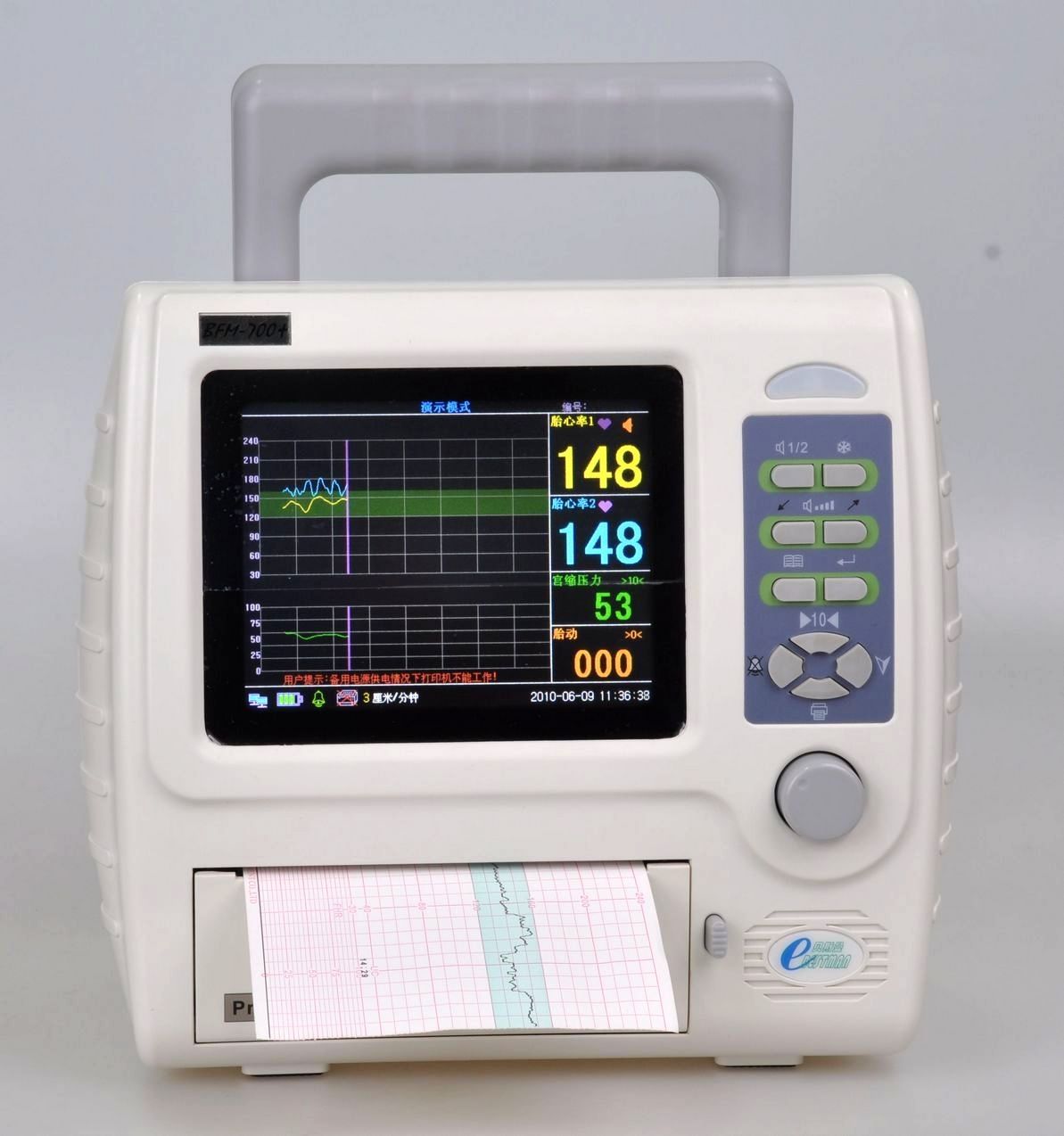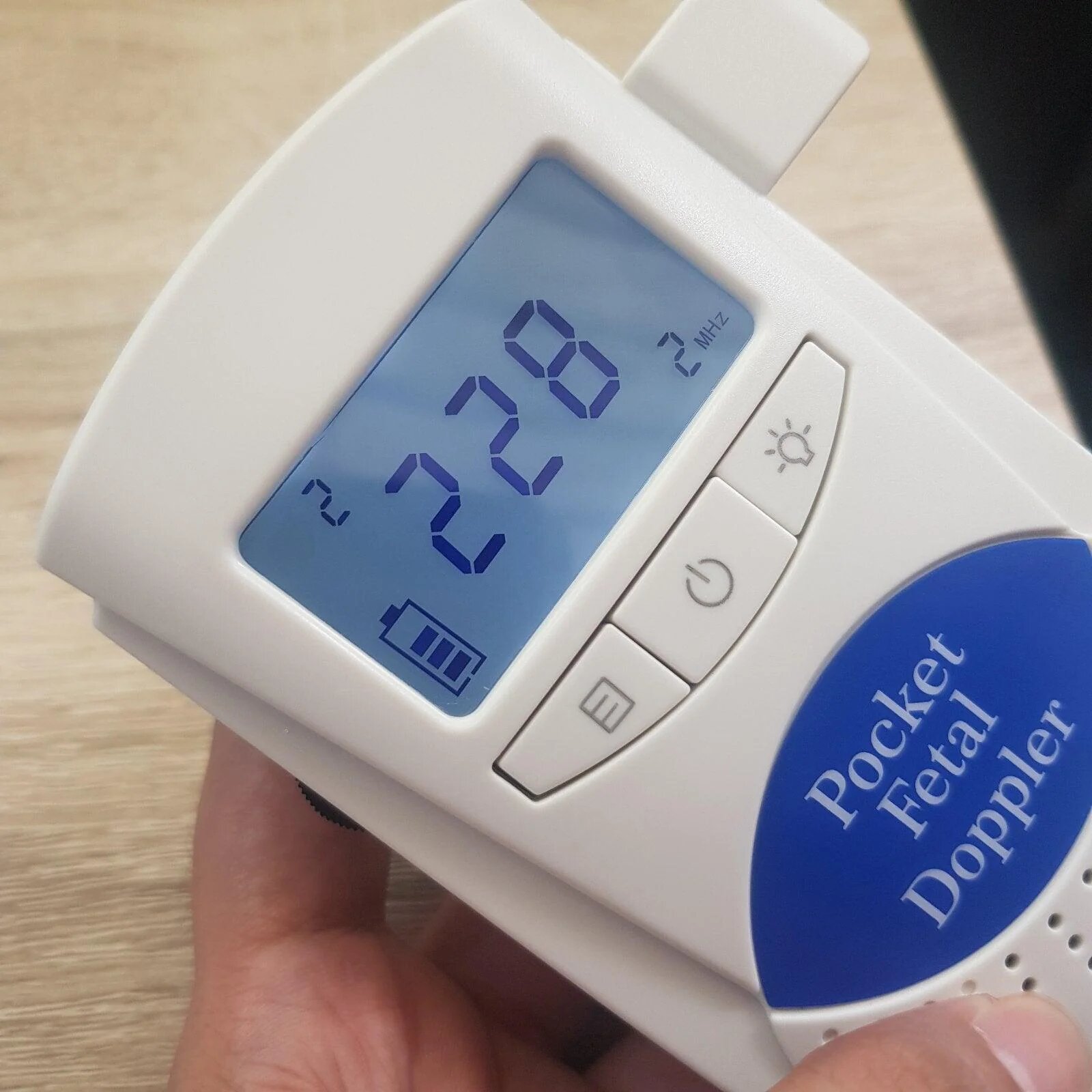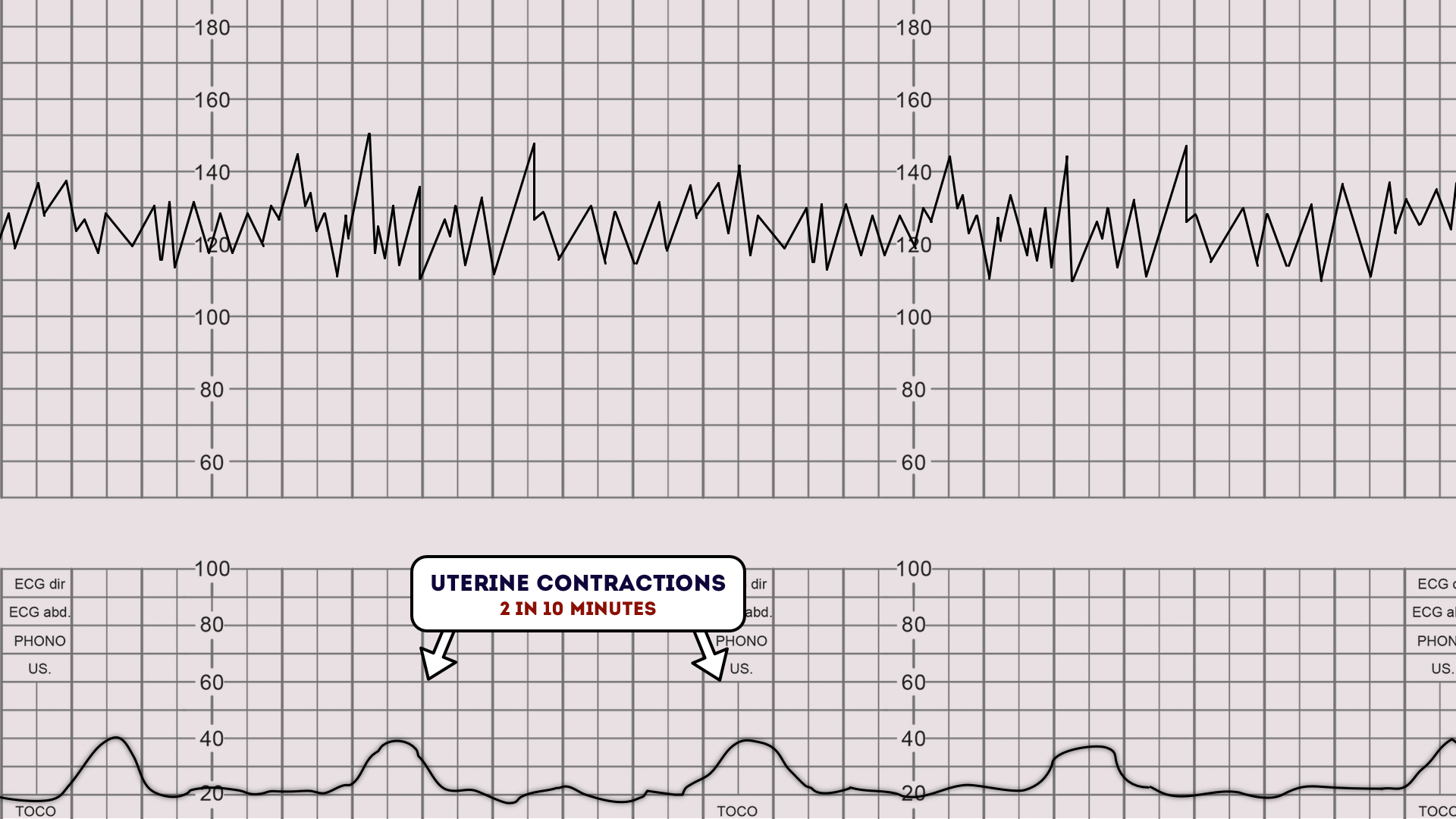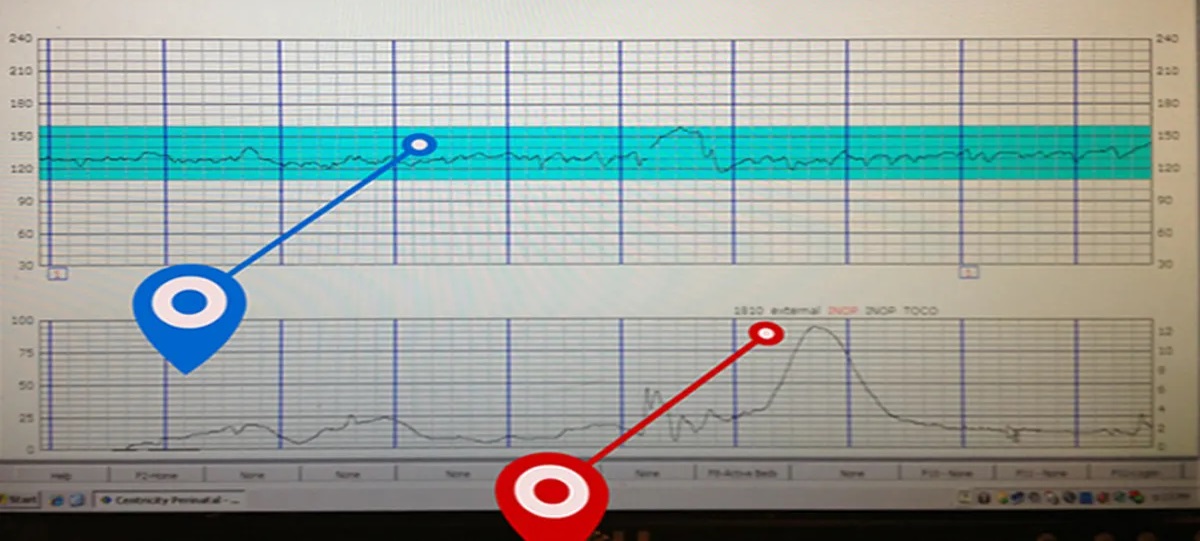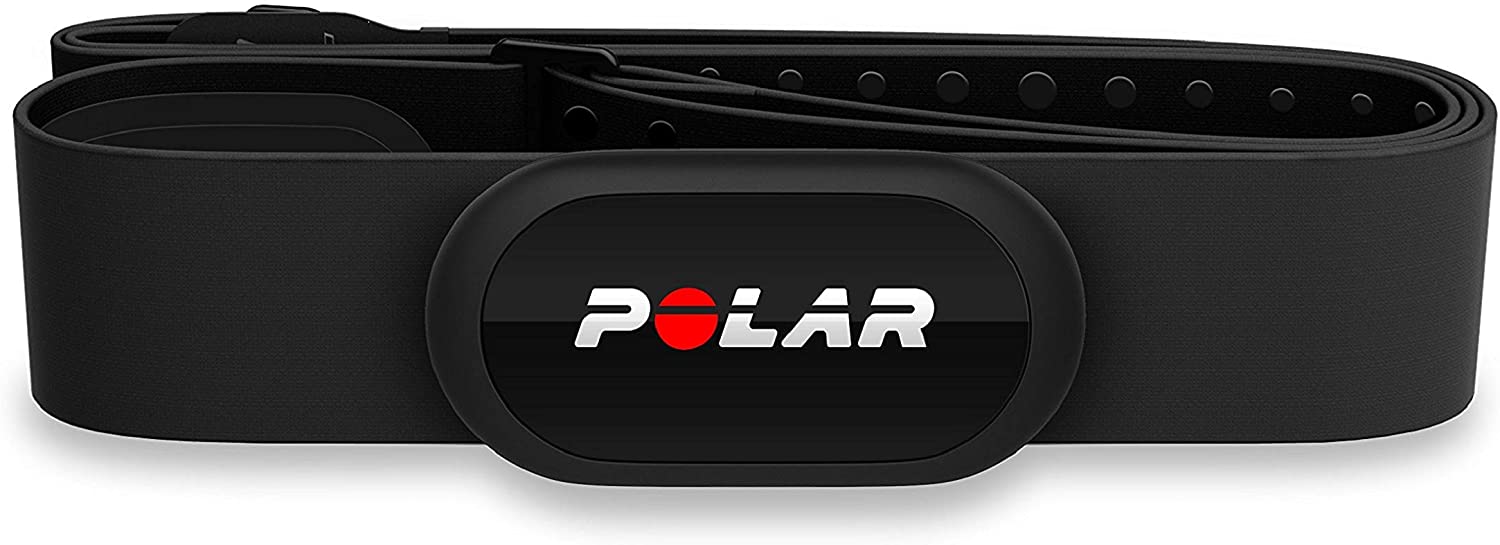Introduction
The Toco on a fetal monitor is a vital component in the obstetric field, used during the monitoring of a pregnant woman’s contractions during labor. It is an abbreviation for “tocodynamometer,” and it serves the purpose of measuring uterine contractions accurately. The Toco is a device that is placed on the mother’s abdomen to track the strength, frequency, and duration of her contractions, providing valuable information to healthcare professionals.
During the exciting journey of childbirth, monitoring contractions is of utmost importance to ensure the well-being of both the mother and the baby. The Toco plays a crucial role in this process by helping healthcare professionals guide and assess the progress of labor. Understanding how the Toco works, its benefits, and limitations can empower expectant mothers and healthcare providers to make informed decisions and provide a safe and positive birthing experience.
In this article, we will explore the functions, benefits, and limitations of Toco on a fetal monitor. Additionally, we will provide some tips on using the Toco effectively to ensure accurate and reliable feedback during labor.
What is Toco on Fetal Monitor?
The Toco on a fetal monitor refers to the tocodynamometer, which is an essential part of electronic fetal monitoring during labor and delivery. A toco, typically resembling a small disc, is placed on the mother’s abdomen to measure and record uterine contractions. It is a non-invasive technique that provides valuable information about the strength and frequency of contractions, allowing healthcare providers to monitor the progress of labor.
The toco utilizes pressure-sensitive technology to detect changes in the abdominal wall caused by uterine contractions. It converts these changes into electrical signals that are transmitted to the fetal monitor. The monitor then displays a graphical representation of the contractions, enabling healthcare providers to assess the intensity and duration of each contraction.
By monitoring the contractions, healthcare professionals can determine the effectiveness of labor and identify any abnormalities or signs of distress. This information is crucial for making timely interventions to ensure the safety and well-being of the mother and the baby. Additionally, the toco allows healthcare providers to track the pattern and progression of contractions, aiding in the decision-making process for interventions such as administering medication or determining the need for a cesarean section.
It is important to note that the toco is not capable of directly measuring the intensity of contractions. Instead, it measures the changes in pressure on the abdomen. This means that it provides an estimation rather than an exact measurement. However, in most cases, the toco provides sufficient information for healthcare providers to make informed decisions during labor and delivery.
The toco is a safe and non-invasive method for monitoring contractions during childbirth. It does not cause any harm or discomfort to the mother or the baby. In fact, many women find the toco to be a reassuring presence, as it provides real-time feedback about the progress of labor. Additionally, since the toco is external, there is no need for any invasive procedures or internal monitoring unless specific medical conditions require it.
How Does Toco Work?
The toco on a fetal monitor utilizes pressure-sensitive technology to measure uterine contractions during labor. It consists of a soft, disc-shaped sensor that is placed on the mother’s abdomen. The toco sensor detects changes in pressure caused by the tightening and relaxation of the uterus during contractions.
When a contraction occurs, the muscles of the uterus contract, causing an increase in pressure on the abdominal wall. This pressure change is detected by the toco sensor, which converts it into electrical signals. These electrical signals are then transmitted to the fetal monitor, where they are processed and displayed graphically.
The graphical display on the fetal monitor shows a tracing of the contractions, often represented as peaks or waves. The height of each peak indicates the strength or intensity of the contraction, while the width represents the duration. By analyzing the pattern of these contractions, healthcare providers can assess the progress of labor and make informed decisions about the appropriate course of action.
It is important to note that the toco measures changes in pressure rather than directly measuring the force of the contractions. This means that the toco provides an estimation of the strength of the contractions rather than an exact measurement. However, in most cases, this estimation is sufficient for healthcare providers to evaluate the progress of labor and determine if any interventions are necessary.
The toco is designed to be user-friendly and comfortable for the expectant mother. It is attached to the abdomen using an elastic belt or adhesive straps, ensuring that it stays in place during movement. The toco sensor is typically made of soft materials to enhance comfort and minimize any potential discomfort for the mother.
Overall, the toco on a fetal monitor provides a non-invasive and effective way to monitor uterine contractions during labor. It allows healthcare providers to track the frequency, intensity, and duration of contractions, enabling them to make informed decisions for the well-being of both the mother and the baby.
Benefits of Using Toco
The utilization of the toco on a fetal monitor during labor and delivery offers several benefits for both expectant mothers and healthcare providers. Understanding these advantages can help individuals make informed decisions and enhance the overall birthing experience. Below are some of the key benefits of using the toco:
- Accurate Measurement: The toco provides accurate measurements of uterine contractions by detecting changes in pressure on the abdomen. This information allows healthcare providers to evaluate the strength and duration of contractions effectively.
- Real-Time Feedback: The toco provides real-time feedback on the progress of labor, allowing healthcare providers to monitor the effectiveness of contractions and make timely decisions regarding medical interventions if necessary.
- Non-Invasive Monitoring: The toco is a non-invasive monitoring method, meaning it does not require any invasive procedures or internal monitoring. It is placed externally on the abdomen, offering comfort and minimizing discomfort for the expectant mother.
- Safe for Mother and Baby: The toco does not pose any risks to the mother or the baby. It is a safe method for monitoring contractions during labor, ensuring the well-being of both individuals throughout the birthing process.
- Decision-Making Tool: The information provided by the toco helps healthcare providers make informed decisions about labor management. It assists in determining the need for interventions such as administering medication or deciding on the most appropriate delivery method.
- Interactive On-Screen Visualization: The toco’s measurements are displayed graphically on a fetal monitor, allowing healthcare providers and expectant mothers to interpret and understand the progress of labor more easily. This interactive visualization can create a sense of involvement and empowerment for the mother.
- Monitoring High-Risk Pregnancies: The toco is particularly beneficial in monitoring high-risk pregnancies or situations where closer monitoring of contractions is required. It provides continuous feedback, enabling healthcare providers to detect any potential complications promptly.
Overall, the use of the toco on a fetal monitor offers numerous benefits that contribute to the safe and effective management of labor and delivery. It provides accurate measurements, real-time feedback, and a non-invasive monitoring approach, all while ensuring the well-being of the mother and the baby.
Limitations of Toco
While the toco on a fetal monitor provides valuable information during labor and delivery, it is important to be aware of its limitations. Understanding these limitations can help healthcare providers and expectant mothers make informed decisions and interpret the monitoring results accurately. Below are some of the key limitations of the toco:
- Estimation of Contraction Intensity: The toco measures changes in pressure on the abdomen and provides an estimation of the intensity of contractions. It may not provide an exact measurement of the actual force exerted by the contractions.
- Limited Ability to Differentiate Between Contractions: The toco may have difficulty distinguishing between individual contractions when they occur close together, especially if the intensity of contractions varies significantly. This may result in less precise measurement and interpretation.
- Inability to Measure Intrauterine Pressure: The toco is unable to directly measure the pressure within the uterus, as it only detects changes in pressure on the abdominal wall. In certain cases, a more accurate measurement of intrauterine pressure may be necessary for a comprehensive assessment of labor progress.
- Influence of External Factors: The toco’s readings can be influenced by external factors such as maternal movement, position, and obesity. These factors can potentially affect the accuracy and reliability of the measurements.
- Subjectivity of Interpretation: The interpretation of the toco’s graphical display requires subjective analysis by healthcare providers. Differences in interpretation between individuals can lead to variation in the assessment of labor progress.
- Additional Monitoring Needed for Comprehensive Assessment: While the toco provides valuable information about contractions, it is important to note that it is part of a comprehensive monitoring approach. Other parameters such as fetal heart rate and cervical dilation are also essential for a thorough assessment of labor progress.
- Technical Limitations: The toco, like any medical device, may have technical limitations that can impact its accuracy and reliability. Regular calibration and maintenance are necessary to ensure proper functioning.
Despite these limitations, the toco remains a valuable tool for monitoring uterine contractions and assisting healthcare providers in making informed decisions during labor and delivery. By understanding its limitations and considering other parameters, healthcare providers can effectively interpret the data provided by the toco, contributing to safe and positive birth experiences.
Tips for Using Toco Effectively
To ensure accurate and reliable monitoring of uterine contractions using the toco on a fetal monitor, it is important to follow some guidelines and best practices. These tips can help healthcare providers and expectant mothers use the toco effectively during labor and delivery. Here are some key tips:
- Proper Placement: Ensure that the toco sensor is placed firmly and securely on the mother’s abdomen, ideally over the fundus, which is the top portion of the uterus. Proper placement helps to optimize the accuracy of the measurements.
- Avoid Disturbances: Minimize movements and external factors that can potentially interfere with the toco’s readings. Encourage the mother to remain still and avoid excessive movement during the monitoring process.
- Communication: Establish clear communication between healthcare providers and the expectant mother. Educate the mother about the purpose of the toco, its limitations, and the significance of her cooperation during monitoring.
- Monitor Positioning: Ensure that the fetal monitor is appropriately positioned and that the cables connecting the toco sensor to the monitor are secure. Proper positioning helps to maintain accurate signal transmission.
- Regular Calibration: Ensure that the toco sensor and the fetal monitor are regularly calibrated and maintained according to manufacturer guidelines. Regular calibration ensures the accuracy and reliability of the monitoring system.
- Continuous Monitoring: Keep the toco monitoring ongoing throughout labor unless specific medical conditions require temporary suspension or other monitoring modalities. Continuous monitoring provides a comprehensive assessment of labor progress.
- Combine with Other Parameters: Combine the information from the toco with other parameters such as fetal heart rate monitoring and cervical dilation assessments to obtain a more comprehensive understanding of labor progress.
- Regular Documentation: Record the contractions displayed by the toco at regular intervals to track the pattern, intensity, and frequency of contractions effectively. Proper documentation allows for accurate interpretation and analysis of labor progress.
- Interpretation by Experts: Ensure that the toco readings are interpreted by experienced healthcare professionals who are knowledgeable about the nuances and variations in labor progress. Gather insights from multiple experts, if necessary, to enhance interpretation accuracy.
- Consider Patient’s Feedback: Encourage the expectant mother to provide feedback on her experience and sensations during contractions. This additional input can further contribute to the interpretation of monitoring data.
Following these tips can maximize the effectiveness of using the toco on a fetal monitor during labor and delivery. Effective usage of the toco helps healthcare providers monitor contractions accurately, make informed decisions, and ensure a safe and positive birthing experience for both the mother and the baby.
Conclusion
The toco on a fetal monitor is a crucial tool in monitoring uterine contractions during labor and delivery. By accurately measuring and providing real-time feedback on the strength, frequency, and duration of contractions, the toco assists healthcare providers in assessing labor progress and making informed decisions for the well-being of the mother and the baby.
While the toco has its limitations, such as estimating rather than directly measuring contraction intensity and being influenced by external factors, it remains invaluable in providing valuable information during childbirth. Its non-invasive nature, safe usage, and interactive visualization enhance the birthing experience, offering reassurance to both expectant mothers and their healthcare providers.
To use the toco effectively, proper positioning, minimal disturbances, regular calibration, and continuous monitoring are essential. Combining the toco readings with other parameters, such as fetal heart rate monitoring and cervical dilation assessments, further enhances the comprehensive assessment of labor progress.
By following best practices, clear communication, and involving experienced healthcare professionals in the interpretation process, the use of the toco can maximize its benefits and contribute to safe and positive birth experiences.
In summary, the toco on a fetal monitor plays a vital role in monitoring uterine contractions during labor. It provides accurate measurements, real-time feedback, and a non-invasive approach to support healthcare providers in making informed decisions. By understanding its functions, benefits, limitations, and best practices, expectant mothers and healthcare providers can utilize the toco effectively for a safe and successful childbirth journey.







